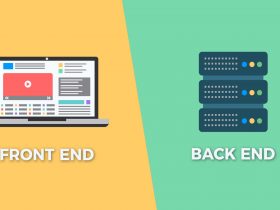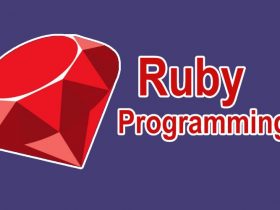Python is a high-level general-purpose programming language. Its design philosophy emphasizes readability and significant indentation in code. It can be used for a wide variety of tasks, from writing spreadsheets to creating games. Its benefits go far beyond its simple syntax. These include readability, scalability, and applications.
Simple syntax
The python library comes with parsers that handle more complicated syntax, but there is no syntax parser for simple syntax. Here are some examples: int find(sub) returns the position of the first occurance of sub. Then you can use the + operator to compare a string with its own string.
Indentation is a major part of the Python syntax. You should indent the first print statement by one level. Then indent the if and else statements one level higher. Indenting your first print statement is okay as long as the code is under a function or class definition. However, indenting the second print statement is not recommended. Otherwise, an IndentationError will be thrown.
One of the main benefits of using the Python programming language is the simplicity of its syntax. You will find it pleasant to read, and it is easy to understand and write. This makes the programming experience a lot more enjoyable for beginners.
Readability
Readability is a top priority when it comes to Python code. This is a principle that applies to all modern programming languages. Fortunately, modern IDEs can help to make code easier to understand. These editors can autocomplete variable and function names, and they can also generate documentation. These features make Python code easier to understand and maintain.
Python is an interpreted, high-level programming language that uses dynamic typing, dynamic binding, and dynamic semantics. The language’s syntax focuses on readability and reduces the cost of programming and maintenance. Additionally, Python supports packages and modules, which encourage modularity. Furthermore, Python is free to use, both in source code and binary format.
Another feature of Python that helps with readability is that it has properties, which allow you to call a particular method on a class when a certain attribute is set. This allows the reader to understand code more quickly and without confusion. Also, the syntax of Python is easy to understand, and a smaller number of lines of code is easier to understand. However, devious tricks can negatively affect readability.
Scalability
When it comes to scalability, Python is lagging behind other programming languages. The reason is that it is a scripting language, and scripts execute more slowly than programs. This is because Python interprets its code at runtime, and the language needs enough instructions to execute.
To get a deeper understanding of how scalable Python is, the book features interviews with seven expert Python developers. One of these interviewees, Mehdi, is a senior software engineer at Red Hat and a contributor to OpenStack, a scalable cloud platform. Another interviewee, Chris Dent, is a staff engineer at VMware who is responsible for testing HTTP REST APIs.
Python is also supported by many cloud platforms. Three of the largest are Amazon Web Services, Google Cloud Platform, and Microsoft Azure. The open source foundation of each of these platforms encourages developers to use it. These platforms also support a vast number of supporting tools and libraries. Python’s data science libraries, for example, include pandas and NumPy. These open-source libraries reduce the need for expensive infrastructure and provide an executable environment for data science.
Applications
Python is a popular programming language used to build web applications. Web applications are made up of two parts: the front end and the back end. The front end is where the user interacts with the application, while the back end codes the functionality behind the scenes. In this way, Python makes web applications simple to use and fast to build.
Python is commonly used in business applications. It is ideal for creating efficient business applications, as it is easy to use and scalable. The language also has a number of libraries that make writing applications and software a breeze. It’s also used in multimedia applications, including software for video and audio. Python libraries for multimedia applications include Gstreamer and cPlay. It’s also common to find Python applications on the Raspberry Pi, a computer that resembles an embedded board.
One of the more popular applications using Python is Spotify. This music streaming service uses a Python module called Luigi to power its radio and discover services. The team behind Spotify also actively participates in the Python community. Another popular application for Python is Dropbox, which offers file-sharing and cloud storage. Dropbox’s servers and desktop client software are both written in Python.










Leave a Reply